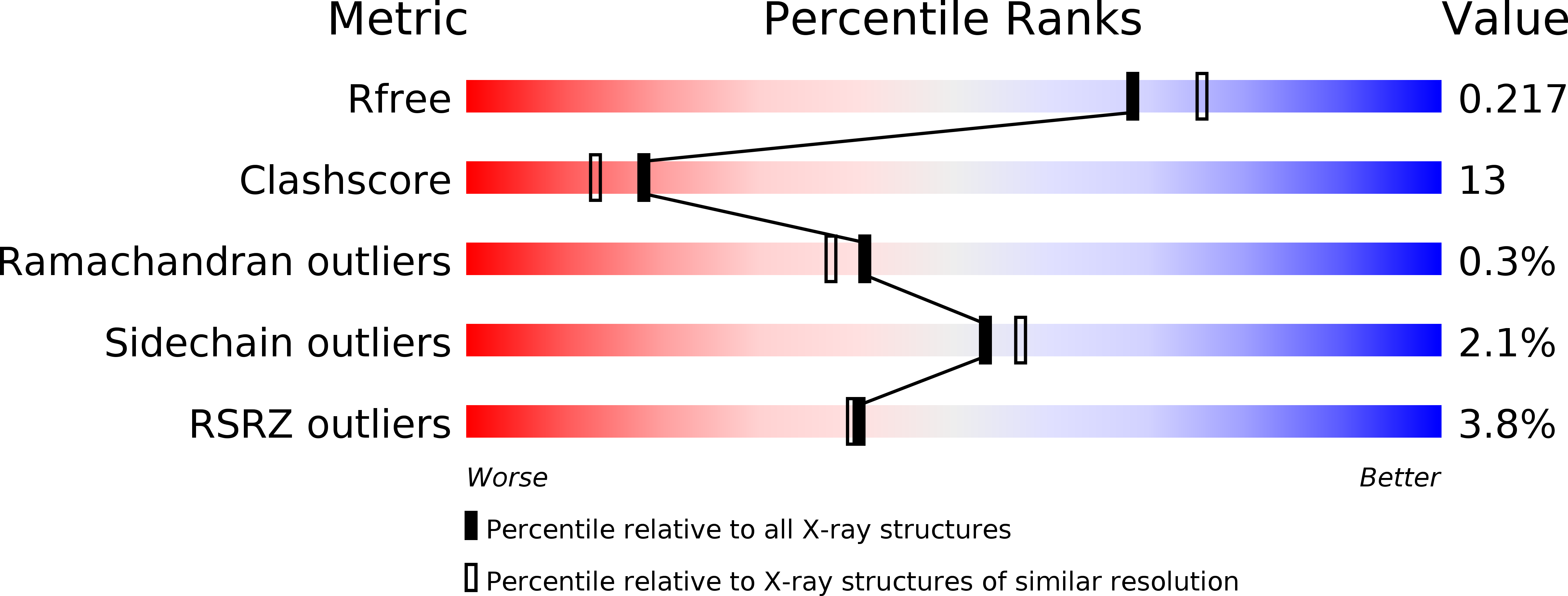
Deposition Date
2007-10-16
Release Date
2008-09-30
Last Version Date
2023-11-01
Entry Detail
PDB ID:
2ZB8
Keywords:
Title:
Crystal structure of human 15-ketoprostaglandin delta-13-reductase in complex with NADP and indomethacin
Biological Source:
Source Organism:
Homo sapiens (Taxon ID: 9606)
Host Organism:
Method Details:
Experimental Method:
Resolution:
2.00 Å
R-Value Free:
0.21
R-Value Work:
0.17
Space Group:
C 1 2 1


